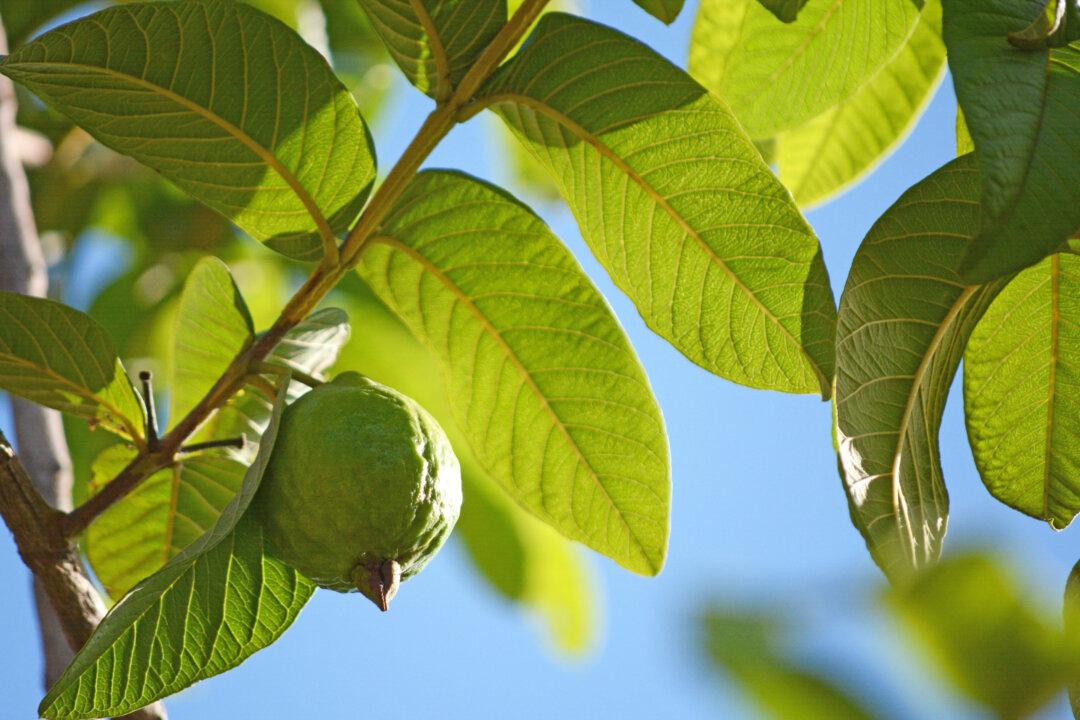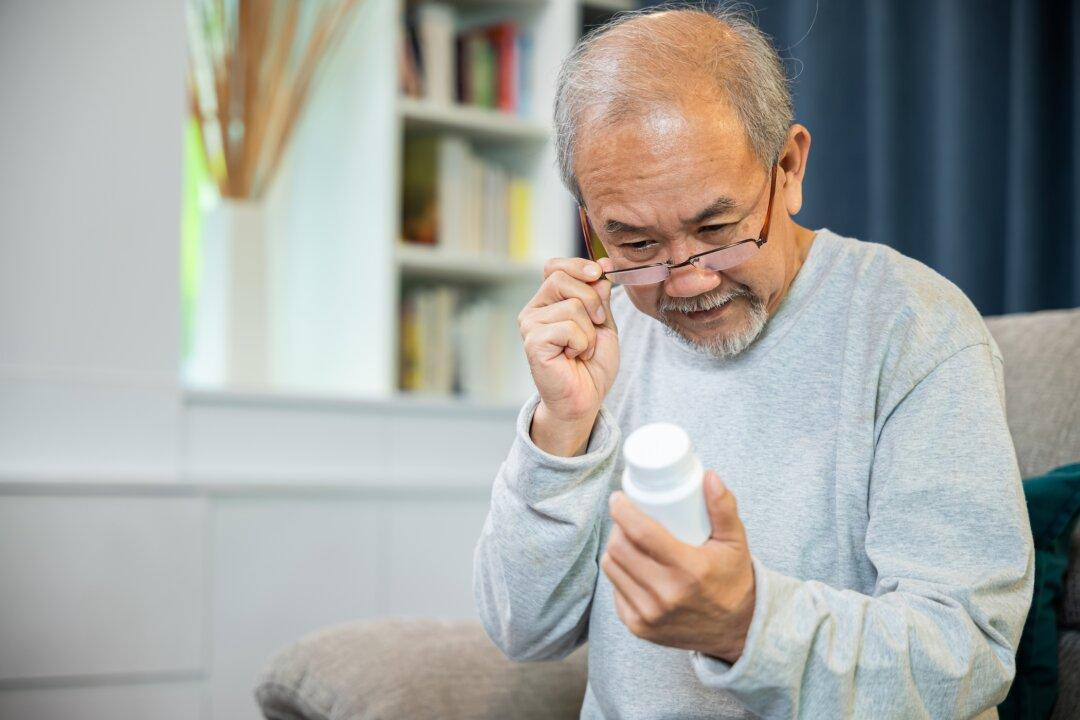Wasabi, most well-known for its sharp, pungent flavor and vibrant green color, is a cruciferous vegetable that grows along stream beds in Japan’s mountain river valleys as well as in parts of China, New Zealand, North America, and Korea.
Wasabi’s Antibacterial Effects
A 2008 study assessed the antibacterial activity of Korean and Japanese wasabi roots, stems, and leaves against Helicobacter pylori.[iii] H. pylori is a common bacterium infecting the stomach as well as the small intestine. It is the primary culprit behind peptic ulcers and can induce inflammation of the stomach lining and stomach cancer.[v] Socioeconomic conditions, sanitation, and the level of urbanization likely affect the difference between H. pylori from one country to another.The various wasabi parts, where the allyl isothiocyanate (AIT) were extracted from, all showed antibacterial activities against strains NCTC 11637, YS 27, and YS 50, with the leaves showing the highest desired action.
Wasabi May Fight Pancreatic Cancer
In a 2014 study published in the journal Evidence-Based Complementary and Alternative Medicine, wasabi was found to potentially help fight highly lethal pancreatic cancer by tackling the root cause of malignancy along with its resistance to conventional treatment.[vi]The findings showed that wasabi-derived compounds demonstrated several anticancer effects, including inhibiting the viability of PANC-1 and BxPC-3 cells and showing cell division arrest and apoptosis, or programmed cell death, in morphological observation.
“In conclusion, wasabi compounds 6-MITC and I7557 may possess activity against the growth and CSC phenotypes of human pancreatic cancer cells,” the researchers wrote.
Help for Atopic Dermatitis
A team investigated the effects of wasabi rhizome extract on atopic dermatitis in animal models, feeding wasabi extract to hairless subjects with dermatitis (inflammation of the skin characterized by itchiness, redness, and a rash) symptoms.[viii]Wasabi May Enhance Brain Health
ITCs in wasabi may offer neuroprotective benefits. In one study, AIT had promising anti-neuroinflammatory effects on microglial cells, a type of immune cell in the brain and spinal cord. This effect may lend significant insight into neurodegeneration.[ix]Real Versus Fake Wasabi
If you are keen on incorporating wasabi into your diet, you may combine it with soy sauce to be enjoyed with sushi or add it to your favorite noodles. Wasabi can also be used as a condiment for meats, roasted vegetables, and a variety of grilled dishes.References
[i] Sultana T et al “Wasabi - Japanese Horseradish” Bangladesh J Sci Ind Res. 2009 Mar; 43(4). DOI:10.3329/bjsir.v43i4.2234[ii] Sultana T et al “Wasabi - Japanese Horseradish” Bangladesh J Sci Ind Res. 2009 Mar; 43(4). DOI:10.3329/bjsir.v43i4.2234
[iii] Shin I et al “Bactericidal activity of wasabi (Wasabia japonica) against Helicobacter pylori” Epidemiology. 2008 May;19(3):459-64.
[iv] Masuda S et al “Improvement Effects of Wasabi (Wasabiajaponica) Leaves and Allyl Isothiocyanate on Stomach Lesions of Mongolian Gerbils Infected with Helicobacter pylori” Nat Prod Commun. 2017 Apr;12(4):595-598.
[v] Ansari S et al “Current understanding and management of Helicobacter pylori infection: an updated appraisal” Version 1. F1000Res. 2018; 7: F1000 Faculty Rev-721. Epub 2018 Jun 11.
[vi] Chen Y et al “Effect of Wasabi Component 6-(Methylsulfinyl)hexyl Isothiocyanate and Derivatives on Human Pancreatic Cancer Cells” Evid Based Complement Alternat Med. 2014; 2014: 494739. Epub 2014 Jan 20.
[vii] Fryer R et al “Recent advances and developments in treatment strategies against pancreatic cancer” Curr Clin Pharmacol. 2009 May;4(2):102-12.
[viii] Nagai M et al “The effect of wasabi rhizome extract on atopic dermatitis-like symptoms in HR-1 hairless mice” J Prev Med Public Health. 2009 Mar;42(2):96-103.
[ix] Subedi L et al “Neuroprotective and Anti-Inflammatory Activities of Allyl Isothiocyanate through Attenuation of JNK/NF-κB/TNF-α Signaling” Int J Mol Sci. 2017 Jul 3;18(7). Epub 2017 Jul 3.
[x] Shibata T et al “A food-derived synergist of NGF signaling: identification of protein tyrosine phosphatase 1B as a key regulator of NGF receptor-initiated signal transduction” J Neurochem. 2008 Oct 24.
[xi] Caggiu E et al “Inflammation, Infectious Triggers, and Parkinson’s Disease” Front Neurol. 2019 Feb 19;10:122.
[xii] Business Insider Jan 15, 2017





